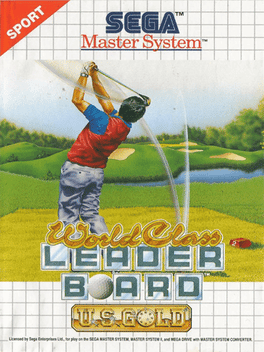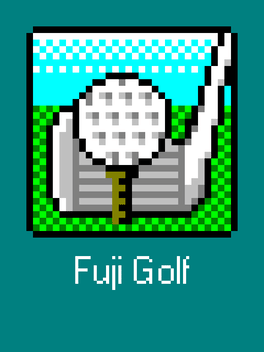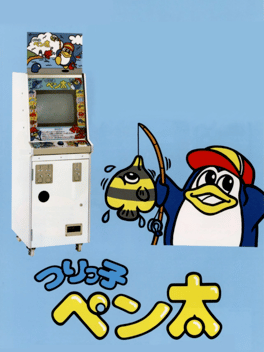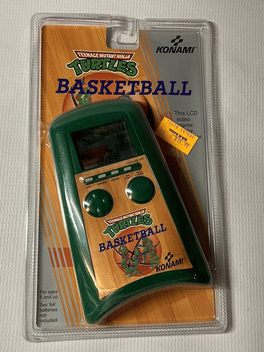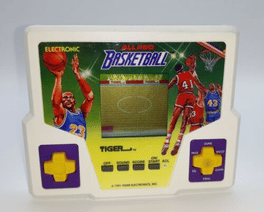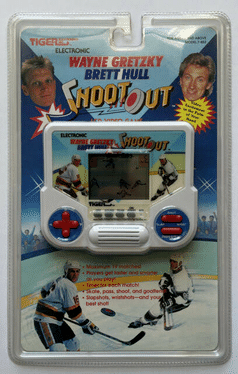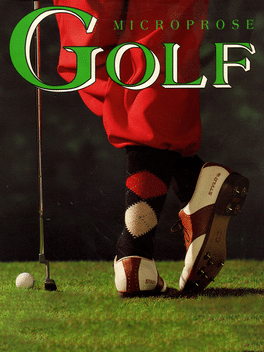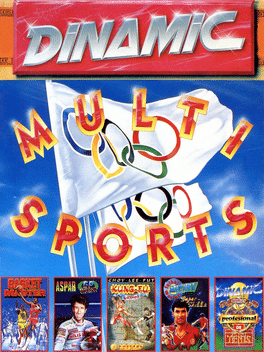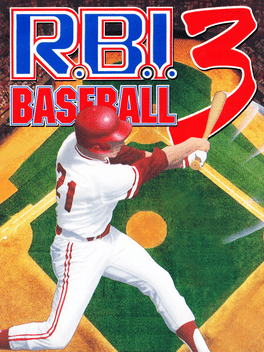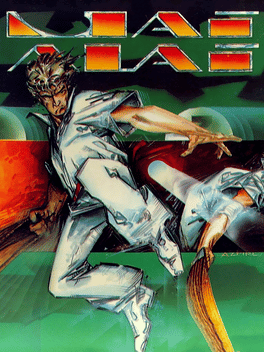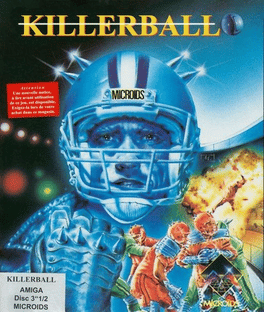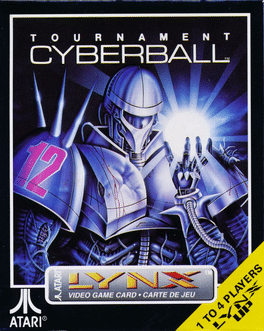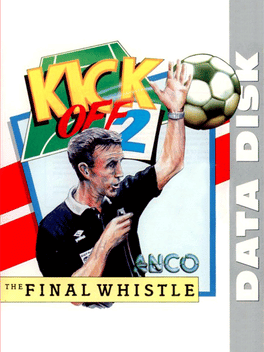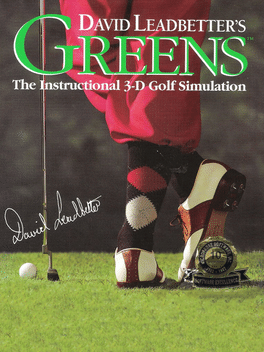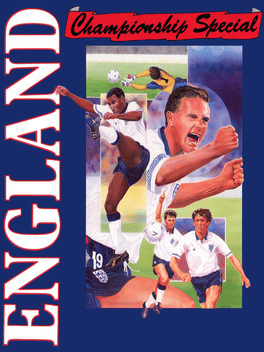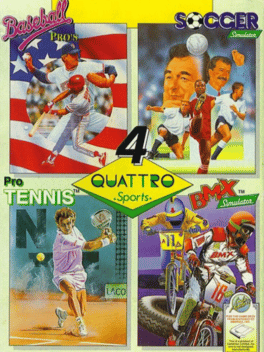New Mac Games - Page 209
-
Fuji Golf
1991
Fuji Golf
1991
Fuji Golf is a golf sports video game released with Microsoft Entertainment Pack 3 for Windows in 1991. The object of the game is to play the round (18 holes) in as few strokes as possible. Factors such as wind are automatically generated, and the player plays against various computer-generated scores. -
Tsurikko Penta
1991
-
Teenage Mutant Ninja Turtles Basketball
1991
Teenage Mutant Ninja Turtles Basketball is an LCD game from Konami, featuring the Ninja Turtles playing the sport of basketball. It was released in 1991. -
All Pro Basketball
1991
-
MicroProse Golf
1991
MicroProse Golf
1991
MicroProse Golf is a golf video game developed by The Thought Train and published by MicroProse. It was released in 1991 for Amiga and Atari ST. In 1992, an enhanced MS-DOS version, featuring golf instructor David Leadbetter, was released in the United States as David Leadbetter's Greens and in the United Kingdom as David Leadbetter's Golf. The game's variety was praised, and some critics considered it the best golf game available. -
Pro Tennis Tour 2
1991
Pro Tennis Tour 2
1991
Pro Tennis Tour 2 is a tennis video game. It offers various modes, such as exhibition matches, tournaments, and training sessions. Players can compete on different court surfaces, such as grass, clay, and hard court, each affecting gameplay. The game supports both single-player and multiplayer options and features a selection of professional tennis players. -
Winter Challenge
1991
Winter Challenge
1991
Winter Challenge is a video game that portrays seven winter sports that are competed in during the Winter Olympics. This game however was not endorsed by the International Olympic Committee, the United States Olympic Committee, or any similar organization for any other country. -
Multi Sports
1991
Multi Sports
1991
Game bundle, mainly from Dinamic games 01. Fernando Martín Basket Master 02. Aspar G.P. Master 03. Choy-Lee-Fut Kung-Fu Warrior 04. Míchel Fútbol Master - + Super Skills 05. Simulador Profesional de Tenis -
R.B.I. Baseball 3
1991
-
Jai Alai
1991
Jai Alai
1991
Play this classic take on the game "Jai Alai", based on the Basque Cesta Punta sport. Bounce the ball off the walled space, use your cesta to accelerate it to high speeds in this top down version of a classic sports game! -
Killerball
1991
Killerball
1991
In the dark future the new brutal sports game will be invented - Killerball - a blend of American Football, Roller-Skating, and Pinball. -
Tournament Cyberball
1991
Tournament Cyberball
1991
Tournament Cyberball is the sequel to Cyberball. The Cyberball series is a sci-fi imagining of American Football featuring giant robots as players, and a ticking time bomb as the ball. Players run plays, in the usual configurations familiar to American football games (pass plays, run plays, and options plays), in order to progress downfield and score touchdowns. Instead of downs and conversions in the usual sense, each time a team runs a play without passing the yardage necessary to achieve a first down, the ball gets hotter, eventually becoming critical. If the team with a critical ball fails to score or achieve a first down, the ball explodes, and any robot player holding the ball at the time is destroyed as well. The game does not feature field goals. Cyberball 2072 can be played either competitively or co-operatively. Each play, the offensive player plays the quarterback, and if a human player is playing on the same team, that player selects which robot they will control for that play. The defensive player(s) -
Kick Off 2: The Final Whistle
1991
The Final Whistle is a data disc for Kick Off 2 that improves the gameplay and adds some new features. Among the features there is new tactics implementation (positioning and movement depends on whether the team is defending or attacking), new corner kicks that give better control of the height, shot power, bias and curling of the ball, improved control of goal kicks and throw ins, additional player attribute Flair that determines whether the player will play a passing or make a solo attempt at the goal, new controls that allows the player to make Flick Balls and Overhead Kicks, choice to play with offside rules, new 2 players team mode, new kits and pitches and if you have an expanded Amiga extra sound effects and improved graphics. -
David Leadbetter's Greens
1991
MicroProse made a change from military simulations by recreating golf in fine detail. This was the first golf game to operate in true 3D. This means that the player's stance and swing technique can be adjusted, and have a significant effect on the shot outcome. Although the manual's tutorial helps, it's harder to master than rivals such as PGA Tour Golf. There are six courses, an unprecedented number for a computer simulation, and tonnes of playing modes. -
England Championship Special
1991
England Championship Special is a football game in which you must propel the England football team to glory. -
Venice Beach Volleyball
1991
Venice Beach Volleyball is no doubt the coolest video game under the hot summer sun. Check it out! We took miles of clear blue sky, warm sand, along with millions of gnarly 8-foot waves, mixed in dudes, babes, and one ton of pure fun, then crammed the whole thing with the maximum amount of challenge and excitement allowable by federal law. Here you have it, the most excellent beach volleyball game ever! Locals say kicking the butt of a computer controlled team is never easy without a lot of practice. You haven't seen anything until you challenge a friend head to head in competitive double player action mode. Way rad beach volleyball action, blazing 8-bit graphics and killer tunes. That's what VENICE BEACH VOLLEYBALL is all about! -
Quattro Sports
1991
Quattro Sports
1991
In Quattro Sports you get to try on four different sports; baseball, soccer, tennis and bmx. -
John Madden Football II
1991
John Madden Football II is a football video game. It features John Madden on the cover. This edition had updates such as larger playbooks and more insight from John Madden.
